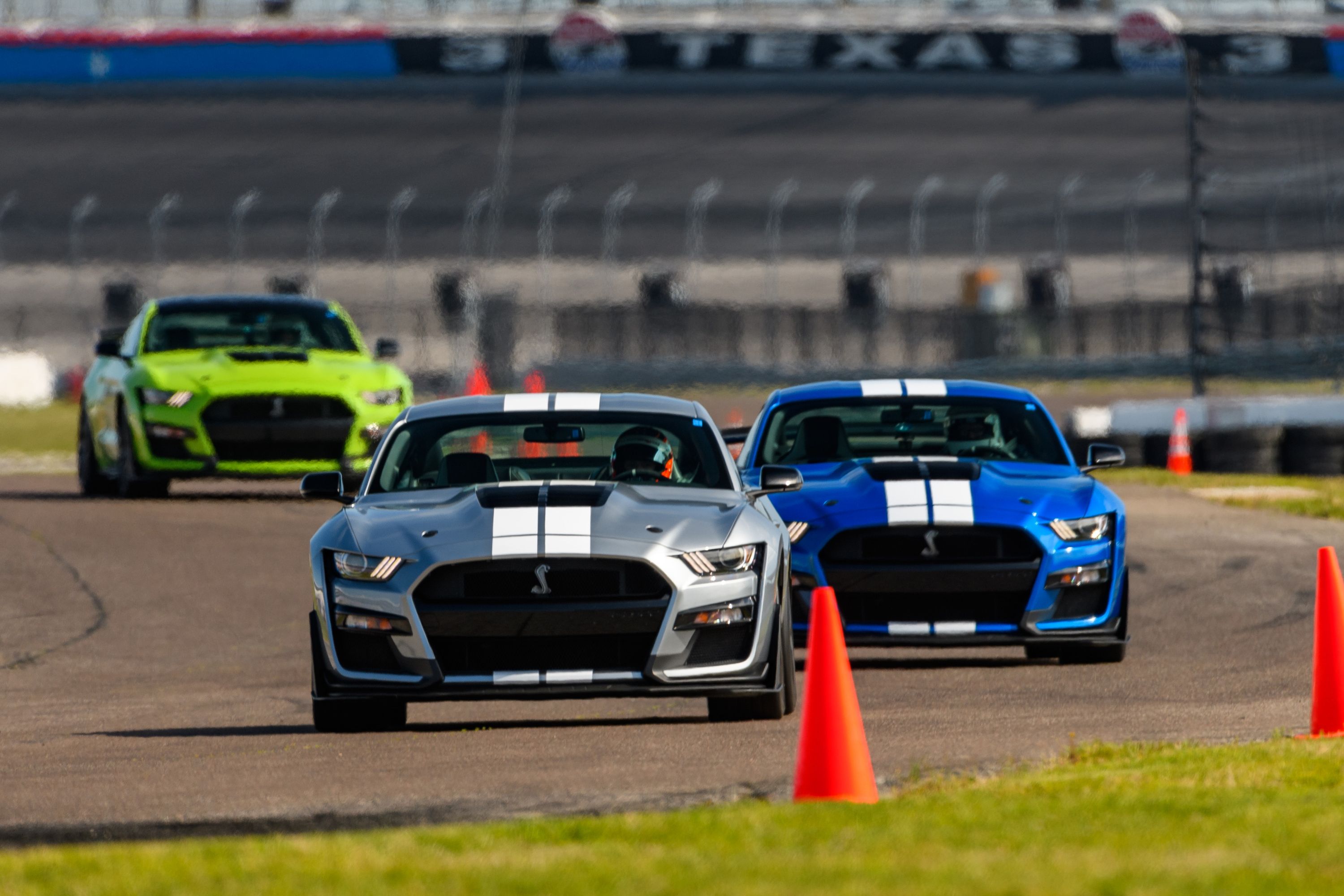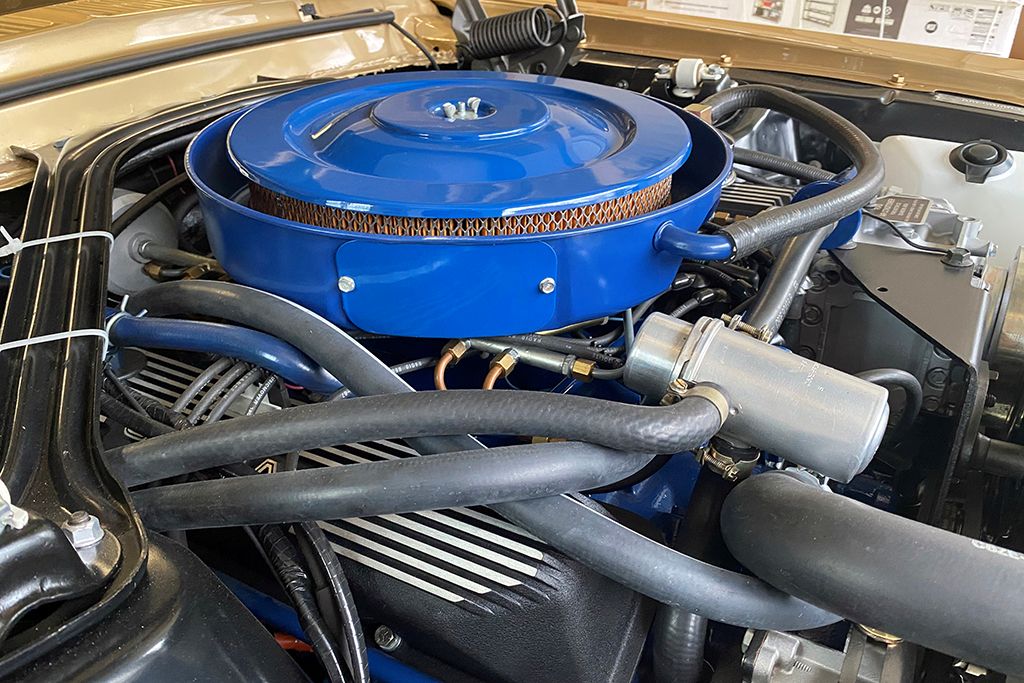
The global pandemic that began more than a year ago has changed how we live, how we work, and definitely how we drive. Speeding tickets are way up, more than 100% in some states for tickets OVER 100 mph (must have been in something fast and rebellious like a Ford Mustang GT500). And this is on top of the fact that we're driving less miles as a whole. We're also buying fewer new cars, which has sent the price of used cars soaring.
The Martec Group (a market research firm) surveyed drivers to understand how Covid-19 has disrupted the automotive aftermarket industry. It touches on sales and repairs, maintenance, and identifies when consumers expect their driving habits to return to normal. The key here is DIY (do-it-yourself) mechanics, and consumers who used the pandemic downtime to learn how to work on their vehicle will be a lasting trend.
The study found six main trends.
First, the group found that miles driven during the pandemic has dropped considerably. But, consumers expect to drive more miles post-pandemic compared to pre-pandemic levels, primarily caused by shifts in where they live and work. According to the survey people expect to drive about 20% more miles after the pandemic subsides. This includes more road trips, longer commutes and more business travel by car.
Second, of the people who moved in the past year, about 1 in 5 said they moved for personal health concerns and/or wanting to be close to family and friends. The study also found that consumers in urban areas were more likely to move out of the city and into suburban/rural areas, which will obviously impact their usage of vehicles.
Third, when people move out of cities, they often move away from their workplaces, so they expect to drive greater distances and for commutes and household purposes.
Fourth, and something we've already seen, the pandemic has caused consumers to put off buying a new car, which will impact the average age of cars on the road. Almost 60% said the pandemic has delayed a new vehicle purchase.
But it's the last two that we're most concerned about.
According to the study, the DIY market is expected to sustain its growth as consumers feel more confident working on their cars. Additionally, "there are distinct segments of the population regarding attitudes and behaviors toward vehicle repairs, parts purchasing, etc., with several larger segments becoming increasingly DIY focused - pointing towards a continued rise in retail channels and DIY repair." At the beginning of this pandemic, people were still nervous to take their car to an independent shop, which increased these stats.
We talked to Ken Lingenfelter of Lingenfelter Performance Engineering a few weeks ago, who noted that his parts business has seen an uptick since last March, as people are deciding to try repairs and upgrades at home. Since the beginning of the pandemic, respondents reported using their primary vehicles more often. In total, almost three-quarters of respondents have done work to their vehicles over the pandemic.
One-third have done standard maintenance like oil changes and tire rotations. About 20% have done light repairs and 15% have said that they have done "under-car" repairs since March of last year. Only 24% have delayed standard maintenance.
The amount of people installing DIY accessories and completing standard maintenance are both up a few percentage points. But under-car repairs, engine and transmission work and body/collision repairs are all up about 10%. These people will continue to do more repairs after gaining confidence during the pandemic, the study says.
Overall, the study says that people are moving farther from their workplaces and commuting longer, and it expects that to last. It also concludes that these maintenance/repair behaviors will last post pandemic as well. It noted that 20% of those surveyed used YouTube frequently to find repair instructions.
Beside the existence of the pandemic, this is good news for people who like to work on their own cars. More people are doing it, which means more business for parts companies. That leads to more R&D, more parts, and more YouTube videos explaining how to install said parts. And less money spent for those of us who succeed.


